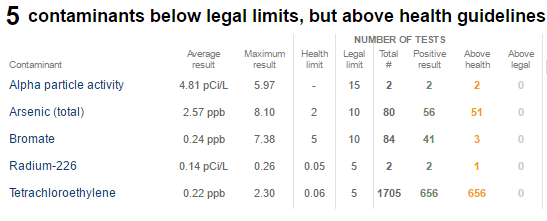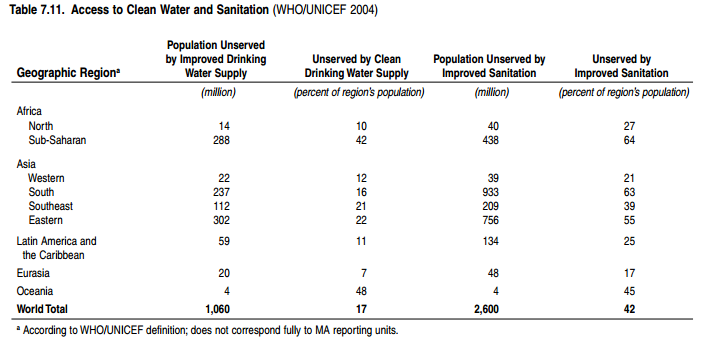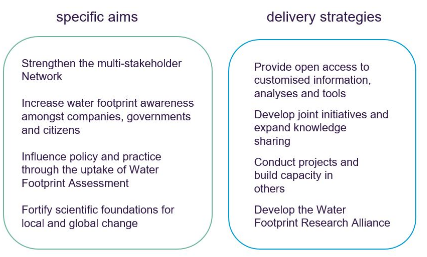Legal but not Safe
- Safe Drinking Water Act (1974) regulates only 91 contaminants;
- Clean Water Act (1972) sets pollution control programs;
- Environmental Protection Agency notes 60,000 chemicals used in the US.
Los Angeles Drinking Water
In Los Angeles, cancer-causing compounds that form under sunlight were detected in water reservoirs and thus covered with black balls ($ 6.5 million) (Duhigg, 2009);

However, 25,000 samples verified by The New York Times showed that water is cleaner than it should be according to law.
Problem Identification
Carcinogens tend to accumulate in organism: arsenic, trichloroethylene, perchlorate, etc.
Scarcity of water causes the lack of sanitation, diseases, forest and mountain ecosystems’ pollution, and so on.
Uncertainty in scientific researches and enormous costs impede the solution.
Stakeholders considering the issue: National Academy of Sciences, Environment and Public Works Committee, United States Environmental Protection Agency, Reviews of Environmental Contamination and Toxicology (scholar journal), American Journal of Public Health, etc.
Action is Needed
Adequate water consumption is what everyone can do. Healthy People 2020 aims at reducing domestic water use by 10 %. Options to decrease non-domestic water consumption: flood control, irrigation and industry optimization, renewable freshwater services, etc. (Vorosmarty, Leveque, & Revenga, 2005).


Script
Water pollution caused by the anthropogenic factors presents a serious threat to human health. A range of researches initiated by credible journals and agencies shows that the Safe Drinking Water Act and the Clean Water Act seem to be ineffective in regulating water contaminants. For example, as reported by The New York Times, cancer-causing compounds that form under sunlight were detected in water reservoirs of Los Angeles and thus covered with special dark balls.
The key problem is that carcinogens and other contaminants accumulate in the organism, leading to cancer and other diseases, and water quality corresponds to the law, yet it fails to meet health norms.
Therefore, the immediate action is needed to use water fairly and protect the environment, thus improving our own lives. Among the potential solutions, there are adequate water use in the domestic area, development of renewable freshwater services, and reconsideration of the existing regulations.
References
Duhigg, C. (2009). That tap water is legal but may be unhealthy. The New York Times. Web.
Vorosmarty, C. J., Leveque, C., & Revenga, C. (2005). Fresh water. Web.